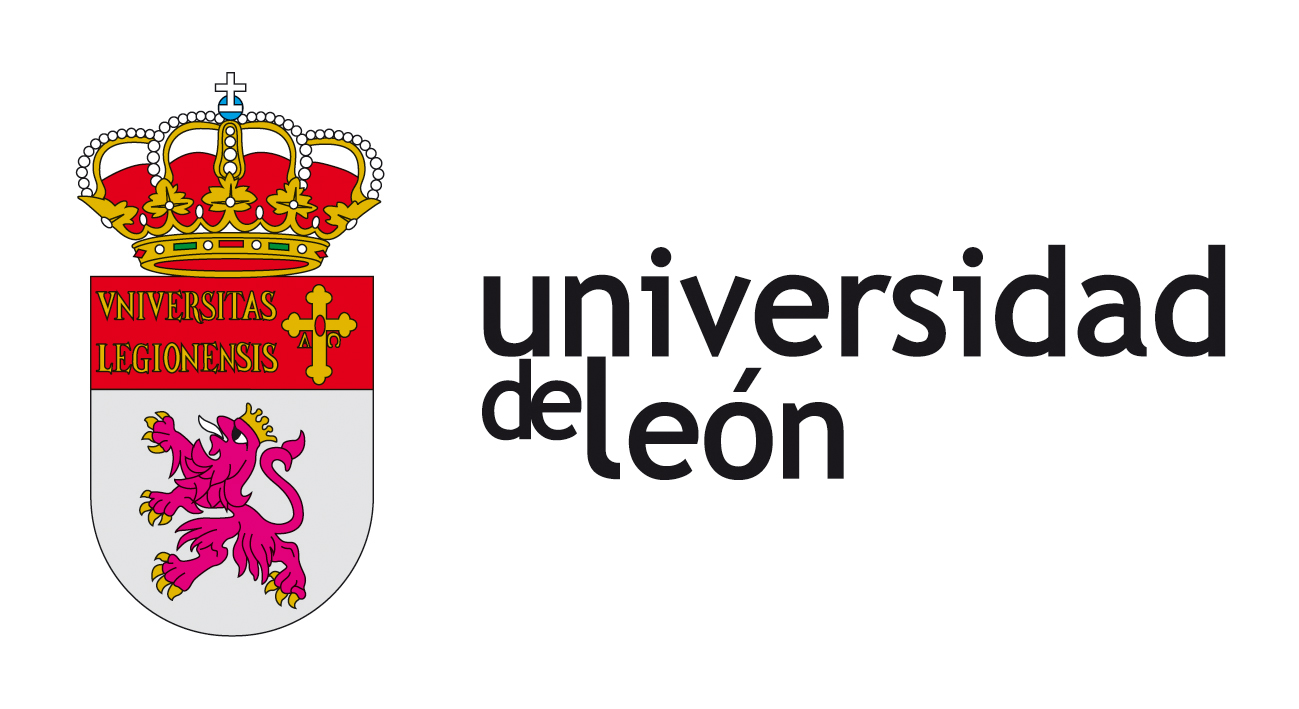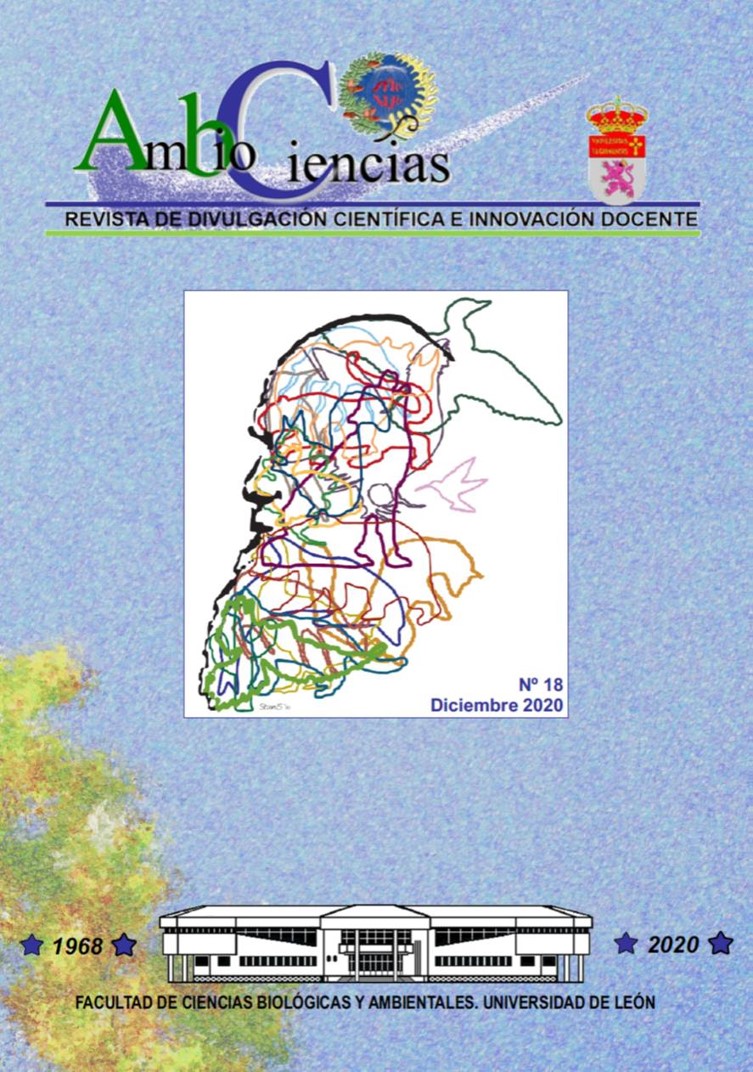Modelos animales de carcinoma hepatocelular y sus aplicaciones en biomedicina
DOI :
https://doi.org/10.18002/ambioc.v0i18.6564Mots-clés :
Antioxidantes, carcinoma hepatocelular, inhibidores de quinasas, metabolómica, modelos animales, terapeúticaRésumé
El carcinoma hepatocelular (CHC) es la segunda causa de muerte por cáncer en todo el mundo y el subtipo histológico más común cáncer primario de hígado. Teniendo este escenario en consideración, los modelos animales de CHC son esenciales para entender la enfermedad a nivel molecular, para el desarrollo de nuevas vías de tratamiento y para la realización de ensayos preclínicos. La presente revisión se centra en las características de los modelos animales químicamente inducidos, de implantación y de los modelos animales de enfermedad de hígado graso no alcohólico/esteatohepatitis no alcohólica (NAFLD/NASH). Además, dado que los métodos de detección identifican el CHC en etapas tardías, su naturaleza asintomática en etapas tempranas y su refractariedad a casi todas las terapias actuales, las nuevas líneas de investigación junto con las nuevas y actuales vías de tratamiento también se discuten en esta revisión.Téléchargements
Références
Asgharpour, A., Cazanave, S. C., Pacana, T., Seneshaw, M., Vincent, R., Banini, B. A.,
Kumar, D. P., Daita, K., Min, H. K., Mirshahi, F., et al. 2016. A diet-induced animal model of non-alcoholic fatty liver disease and hepatocellular cáncer. Journal of Hepatology, 65:579-588
Baba, H., Tsuneyama, K., Nishida, T., Hatta, H., Nakajima, T., Nomoto, K., Hayashi, S.,
Miwa, S., Nakanishi, Y., Hokao, R. e Imura, J. 2014. Neonatal streptozotocin treatment causes type 1 diabetes and subsequent hepatocellular carcinoma in DIAR mice fed a normal diet. Hepatology International, 8:415-424
Beyoğlu, D. e Idle, J. R. 2020. Metabolomic and lipidomic biomarkers for premalignant
liver disease diagnosis and therapy. Metabolites, 10:50
Caviglia J.M. y Schwabe R.F. 2015. Mouse Models of Liver Cancer, en Eferl R. y Casanova E. (eds.) Mouse Models of Cancer. New York: Humana Press, pp. 165-183.
De Minicis, S., Kisseleva, T., Francis, H., Baroni, G. S., Benedetti, A., Brenner, D., Alvaro,
D., Alpini, G. y Marzioni, M. 2013. Liver carcinogenesis: rodent models of hepatocarcinoma and cholangiocarcinoma. Digestive and Liver Disease, 45:450-459
Fang, D., Xiong, Z., Xu, J., Yin, J. y Luo, R. 2019. Chemopreventive mechanisms of
galangin against hepatocellular carcinoma: a review. Biomedicine and Pharmacotherapy, 109:2054-2061
Fernández-Palanca, P., Fondevila, F., Méndez-Blanco, C., Tuñón, M. J., González-Gallego, J. y Mauriz, J. L. 2019. Antitumor effects of quercetin in hepatocarcinoma in vitro and in vivo models: a systematic review. Nutrients, 11:2875
Fernández-Varo, G., Perramón, M., Carvajal, S., Oró, D., Casals, E., Boix, L., Oller, L.,
Macías-Muñoz, L., Marfá, S., Casals, et al. 2020. Bespoken nanoceria: a new effective treatment in experimental hepatocellular carcinoma. Hepatology, 72:1267-1282
García, E. R., Gutierrez, E. A., Melo, F. C. S. A. D., Novaes, R. D. y Gonçalves, R.V. 2018.
Flavonoids effects on hepatocellular carcinoma in murine models: a systematic review. Evidence-Based Complementary and Alternative Medicine, 28:6328970
Gong, Z. G., Zhao, W., Zhang, J., Wu, X., Hu, J., Yin, G. C. y Xu, Y. J. 2017. Metabolomics and eicosanoid analysis identified serum biomarkers for distinguishing hepatocellular carcinoma from hepatitis B virus- related cirrhosis. Oncotarget, 8:63890-63900
Guo, W., Tan, H. Y., Wang, N., Wang, X. y Feng, Y. 2018. Deciphering hepatocellular
carcinoma through metabolomics: from biomarker discovery to therapy evaluation. Cancer Management and Research, 10:715-734
He, L., Tian, D. A., Li, P. Y. y He, X. X. 2015. Mouse models of liver cancer: progress and
recommendations. Oncotarget, 6:23306-23322
Heindryckx, F., Colle, I. y Van Vlierberghe, H. 2009. Experimental mouse models for
hepatocellular carcinoma research. International Journal of Experimental Pathology, 90:367-386
Henderson, J. M., Zhang, H. E., Polak, N. y Gorrell, M. D. 2017. Hepatocellular carcinoma: mouse models and the potential roles of proteases. Cancer Letters, 387:106-113
Hu, T., Sun, D., Zhang, J., Xue, R., Janssen, H. L., Tang, W. y Dong, L. 2018. Spermine
oxidase is upregulated and promotes tumor growth in hepatocellular carcinoma.
Hepatology Research, 48:967-977
Jacobs, A., Warda, A. S., Verbeek, J., Cassiman, D. y Spincemaille, P. 2016. An overview
of mouse models of nonalcoholic steatohepatitis: from past to present. Current Protocols in Mouse Biology, 6:185- 200
INNOVACIÓN DOCENTE
Jung, J. 2014. Human tumor xenograft models for preclinical assessment of anticancer
drug development. Toxicological Research, 30:1-5
Lau, J. K. C., Zhang, X. y Yu, J. 2017. Animal models of non-alcoholic fatty liver disease:
current perspectives and recent advances. The Journal of Pathology, 241:36-44
de Lima, V. M., Oliveira, C. P., Alves, V. A., Chammas, M. C., Oliveira, E. P., Stefano, J. T., de Mello, E. S., Cerri, G. G., Carrilho, F. J. y Caldwell, S. H. 2008. A rodent model of NASH with cirrhosis, oval cell proliferation and hepatocellular carcinoma. Journal of Hepatology, 49:1055-1061
Mazzanti, R., Gramantieri, L. y Bolondi, L. 2008. Hepatocellular carcinoma: epidemiology and clinical aspects. Molecular Aspects of Medicine, 29:130-143
McGlynn, K. A., Hunter, K., LeVoyer, T., Roush, J., Wise, P., Michielli, R. A., Shen, F. M.,
Evans, A. A., London, W. T. y Buetow, K. H. 2003. Susceptibility to aflatoxin B1-related primary hepatocellular carcinoma in mice and humans. Cancer Research, 63:4594-4601
Newell, P., Villanueva, A., Friedman, S. L., Koike, K. y Llovet, J. M. 2008. Experimental
models of hepatocellular carcinoma. Journal of Hepatology, 48:858-879
Rao, Q., You, A., Guo, Z., Zuo, B., Gao, X., Zhang, T., Du, Z., Wu, C. y Yin, H. F. 2016.
Intrahepatic tissue implantation represents a favorable approach for establishing orthotopic transplantation hepatocellular carcinoma mouse models. PLoS ONE, 11:1-12
Santos, N. P., Colaço, A. A. y Oliveira, P. A. 2017. Animal models as a tool in hepatocellular carcinoma research: a review. Tumor Biology, 39: 1-20
Sasaki, R., Kanda, T., Fujisawa, M., Matsumoto, N., Masuzaki, R., Ogawa, M., Matsuoka,
S., Kuroda, K. y Moriyama, M. 2020. Different mechanisms of action of regorafenib and lenvatinib on toll-like receptor- signaling pathways in human hepatoma cell lines. International Journal of Molecular Sciences, 21:3349
Shankaraiah, R. C., Gramantieri, L., Fornari, F., Sabbioni, S., Callegari, E. y Negrini, M.
Animal models of hepatocellular carcinoma prevention. Cancers, 11:1-15
Stefaniuk, P., Cianciara, J. y Wiercinska-Drapalo, A. 2010. Present and future possibilities for early diagnosis of hepatocellular carcinoma. World Journal of Gastroenterology, 16:418-424
Takahashi, T., Nishida, T., Baba, H., Hatta, H., Imura, J., Sutoh, M., Toyohara, S., Hokao, R., Watanabe, S., Ogawa, et al. 2016. Histopathological characteristics of glutamine synthetase-positive hepatic tumor lesions in a mouse model of spontaneous metabolic syndrome (TSOD mouse). Molecular and Clinical Oncology, 5:267-270
Tsuchida, T., Lee, Y. A., Fujiwara, N., Ybanez, M., Allen, B., Martins, S., Fiel, M. I., Goossens, N., Chou, H. I., Hoshida, Y. y Friedman, S. L. 2018. A simple diet-and chemical-induced murine NASH model with rapid progression of steatohepatitis, fibrosis and liver cancer. Journal of Hepatology, 69:385-395
Tsuneyama, K., Nishitsuji, K., Matsumoto, M., Kobayashi, T., Morimoto, Y., Tsunematsu, T. y Ogawa, H. 2017. Animal models for analyzing metabolic syndrome-associated liver diseases. Pathology International, 67:539-546
Wu, J. 2016. Utilization of animal models to investigate nonalcoholic steatohepatitisassociated hepatocellular carcinoma. Oncotarget, 7:42762-42776
Zhang, H. E., Henderson, J. M. y Gorrell, M. D. 2019. Animal models for hepatocellular
carcinoma. Biochimica et Biophysica Acta (BBA)- Molecular Basis of Disease, 1865:993-1002
Zhong, F., Zhou, X., Xu, J. y Gao, L. 2020. Rodent models of nonalcoholic fatty liver
disease. Digestion, 101:522-535
Téléchargements
Publiée
Comment citer
Numéro
Rubrique
Licence
(c) Tous droits réservés Irati López de la Pisa 2021

Ce travail est disponible sous licence Creative Commons Attribution - Pas d’Utilisation Commerciale - Partage dans les Mêmes Conditions 4.0 International.
Los autores que publican en esta revista están de acuerdo con los siguientes términos:
- Los autores ceden de forma no exclusiva los derechos de explotación (reproducción, distribución, comunicación pública, transformación) a la Universidad de León, por lo que pueden establecer, por separado, acuerdos adicionales para la distribución no exclusiva de la versión de la obra publicada en la revista (por ejemplo, alojarlo en un repositorio institucional o publicarlo en un libro), con un reconocimiento de su publicación inicial en esta revista.
- Este trabajo se encuentra bajo la Creative Commons Attribution-NonCommercial-ShareAlike 4.0 International License. Puede consultarse desde aquí la versión informativa y el texto legal de la licencia.
- Se permite y se anima a los autores a difundir electrónicamente las versiones pre-print (versión antes de ser evaluada) y/o post-print (versión evaluada y aceptada para su publicación) de sus obras antes de su publicación, ya que favorece su circulación y difusión más temprana y con ello un posible aumento en su citación y alcance entre la comunidad académica.







